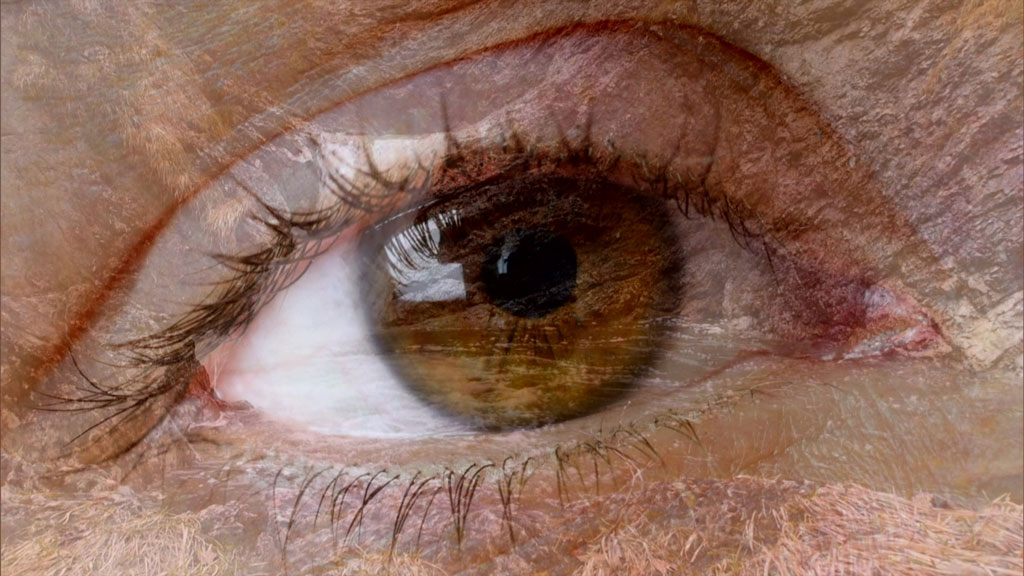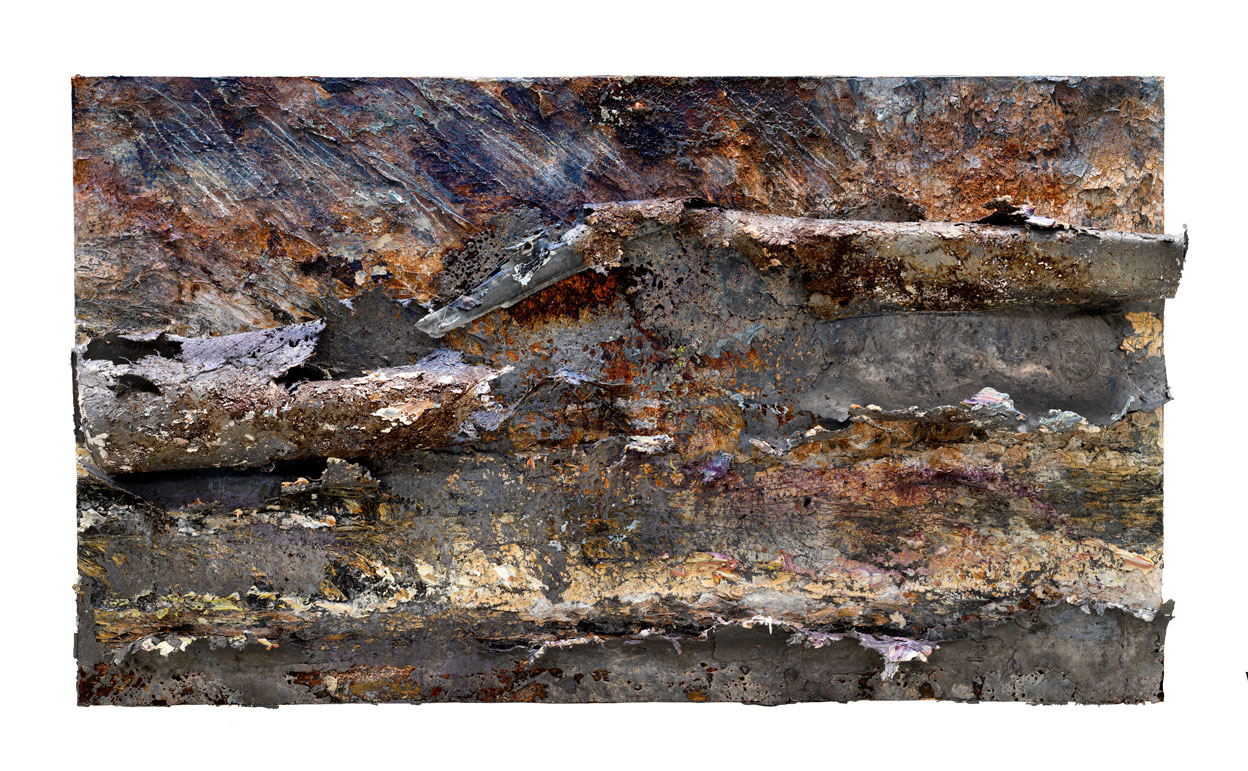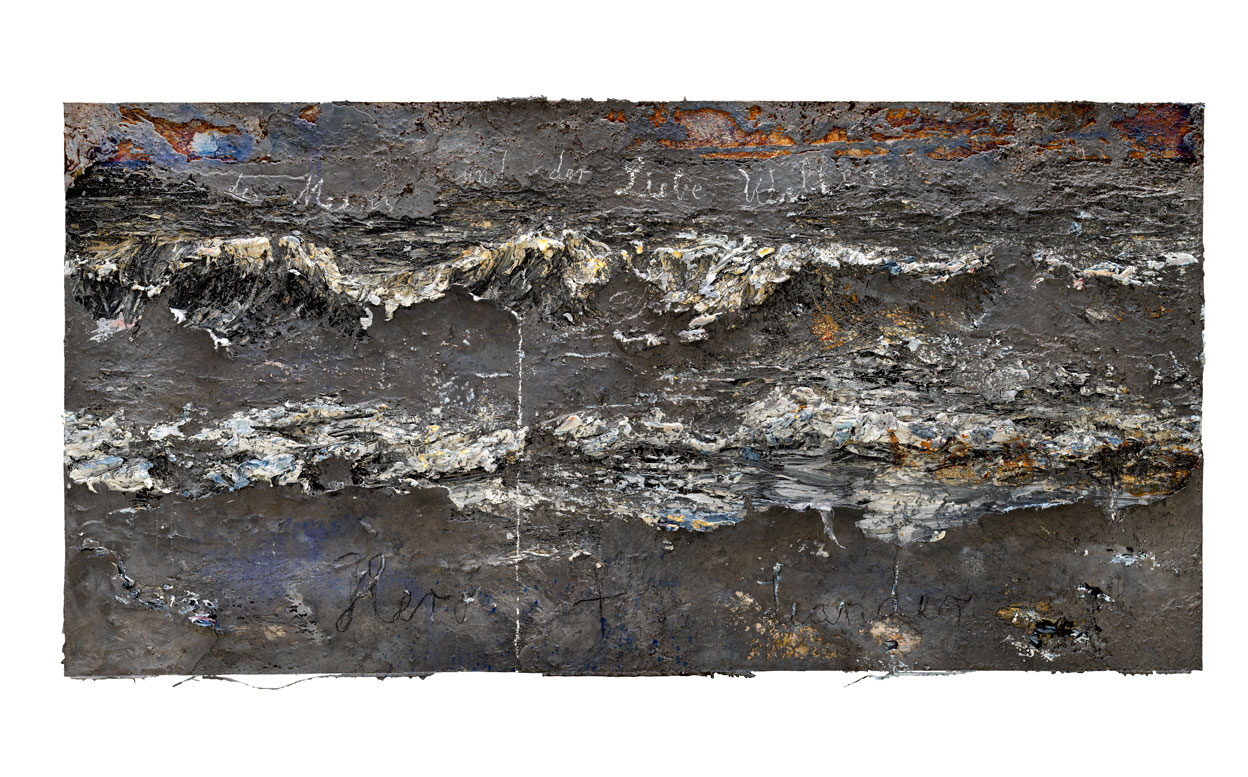ART-PRESENTATON: Alexander Kluge In Conversation With Georg Baselitz & Anselm Kiefer
 Alexander Kluge is one of the leading intellectual voices in Germany for the past 50 years. His body of work can be regarded as a continuation in words and moving images of the critical theory of the Frankfurt School. Kluge’s practice is not easily categorizable and he often blurs the distinction between individual media, in a wide-ranging artistic practice which encompasses filmmaking, television production, as well as a large volume of writings, both in literature and in theoretical texts.
Alexander Kluge is one of the leading intellectual voices in Germany for the past 50 years. His body of work can be regarded as a continuation in words and moving images of the critical theory of the Frankfurt School. Kluge’s practice is not easily categorizable and he often blurs the distinction between individual media, in a wide-ranging artistic practice which encompasses filmmaking, television production, as well as a large volume of writings, both in literature and in theoretical texts.
By Efi Michalarou
Photo: Galerie Thaddaeus Ropac Archive
For the exhibition “Alexander Kluge in conversation with Georg Baselitz and Anselm Kiefer” the artist presents a multi-screen video installation alongside a selection of his writings. Featuring some of his characteristic montage films, this installation will be exhibited in dialogue with 20 drawings by Georg Baselitz, never exhibited before, and 2 new paintings by Anselm Kiefer. Having shared a deep intellectual affinity with both of these artists for many years, Alexander Kluge pays them a cinematic homage which engages and further extends the intersection between their individual practices. By confronting the works of Georg Baselitz and Anselm Kiefer to his own visual universe, Kluge creates unlikely juxtapositions which associates their works with a symbolic array of images, engendering a ‘rubbing’, as the artist himself would describe. Kluge sometimes uses the artist’s canvas as a cinematic backdrop to overlay his own images, thus engendering an artistic dialogue within the material fabric of the artworks themselves. Alexander Kluge and Georg Baselitz: Kluge filmed the installation of the stage set produced by Georg Baselitz for Richard Wagner’s “Parsifal” which took place at the Bayerische Staatsoper in 2018. He overlays images from the operatic performance to other symbolical allusions conceived specifically for this exhibition. A close admirer of Baselitz’s oeuvre, Kluge is particularly interested in his sense of the grotesque helping to avoid any form of pathos. A selection of drawings by Baselitz is presented alongside Kluge’s films. Realised at the time he was preparing the stage set for “Parsifal” the drawings represent some of the numerous characters featured in Wagner’s masterpiece. The pictorial treatment of each character is reminiscent of his famous series of “Heroes”, executed in the 1960s, where he depicts the vulnerability and despair of resolutely anti-heroic characters. Alexander Kluge and Anselm Kiefer: Alexander Kluge’s installation also includes various extracts from his film “Dancing with pictures” (2016), realised from a series of interviews conducted with Anselm Kiefer during a period of several years. In this erudite dialogue, the two artists evoke elements from history, mythology, literature, poetry, music, philosophy, and science, freely associating artworks with each other. Two new paintings by Anselm Kiefer are presented alongside Kluge’s video installations. Their iconography is inspired by “Des Meeres und der Liebe Wellen” (1831), a play by Franz Grillparzer, inspired by the myth of Hero, a priestess of Aphrodite, and Leander, her lover, who would traverse the Hellespont every night to join her, until he eventually drowned. For Kiefer, the ocean conjures a primitivistic space, one which exists before language, with no beginning nor end, where time and space take a cosmological and existential signification.
Info: Galerie Thaddaeus Ropac, 7 rue Debelleyme, Paris, Duration: 20-27/7/19, Days & Hours: Tue-Sat 10:00-19:00, www.ropac.net


